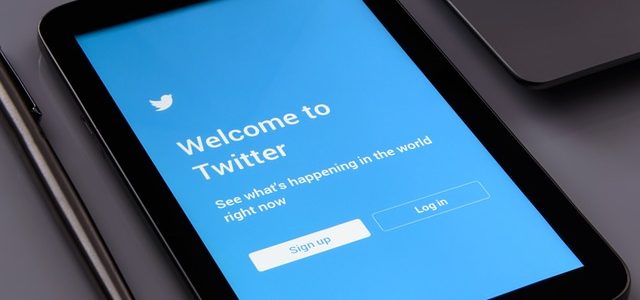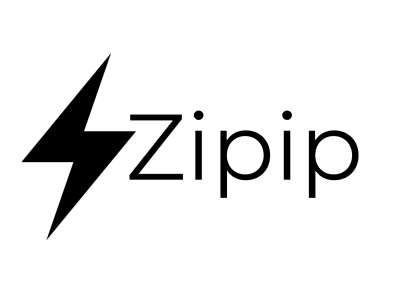More money more problems
October 27, 202, Elon Musk finally acquired Twitter, for $44 billion. The price tag brings with it a desperate need to increase Twitters revenue.
Like most of social media, Twitters main revenue stream is advertising. Despite his efforts Musk can’t force advertisers to spend more on Twitter by shaming them into doing so.
He quickly turned to another coveted part of Twitter to generate new revenue – The “blue checkmark” provided to verified and prominent Twitter-users since 2009.
The blue check has been used to distinguish genuine notable accounts, such as celebrities and organizations, from impostors or parodies. Musk, on the other hand, will provide the checkmark to all users signing up for a “Twitter Blue” account at $8 per month.
This move shows an astonishingly poor understanding of how trademarks generate value.

What’s in a name?
A trademarks core function is to indicate the source of a product or service. Trademark value is built by providing positive customer experiences associated with the mark. Based in this, people will seek out your mark, and want to associate with it. This gives your trademark value as a great revenue-driver.
The blue checkmark has served similarly on Twitter, indicating that associated account are credible. The use is comparable to trademarks cousin, collective marks, which can be used by different entities who fulfil certain criteria, letting others know that they meet these.
Confusion is the bane of trademarks and collective marks. This is why we protect them through registration and enforcement to secure their value. If third parties are allowed to free-ride on the mark you have created, their inferior products and experiences will ruin associations and value of the mark.
The Calls Are Coming from Inside the House
Sometimes however, the biggest threat to your trademark comes from within.
The value of the trademark comes from people’s associations. They may know the mark to indicate reliability, low price, high quality, high status, etc. As the associations exist in the receivers, the owner of a trademark cannot unilaterally change its meaning. They must build associations over time.
Worse than a reduced reputation is confusion. If the public does not know what to associate to a mark, the value is gone.
Musks move monetizing the “blue check” may provide a very short-term gain with accounts paying the $8 for the fun of associating with the old, coveted verification. But when this association is gone, there is no value left.
Still, this is the least of Musk’s problems. By blurring the lines between real verified accounts and the jokers that are ready to pay $8 for “verified” shitposting, Musk is breaking down the value of the Twitter brand, as well as the brands of potential advertisers.
Instead of generating a new revenue stream, Musk is harming Twitters main revenue, advertisers.
A rose by any other name
Sure as day, people would use the paid “blue check” to imitate and make fun of potential advertisers.
Companies such as Lockheed Martin, BP Global, Chiquita, and of course Tesla, have been imitated with defaming content. An account imitating the pharmaceutical company Eli Lilly posted that “We are excited to announce insulin is free now.” This both caused confusion, and drew added attention to claims that Eli Lilly are overcharging for insulin in the US. Eli Lilly stock immediately fell 4.37%, amounting to billions of dollars.Musk has directly enabled this tarnishment to potential advertisers, and we can only imagine how the affected brands feel about this. Further, the overall uncertainty surrounding Twitter as a platform is likely to make it a far less desirable for serious advertisers.Smart people at Twitter have been working for years at on finding the right balance between freedom of speech, fun, and parodies on one hand, and credibility on the other. This balance built the value of both the “blue checkmark” and the Twitter brand.
Musk has now backtracked the sale of “blue checkmarks”, but the damage is done. It is difficult to imagine a more efficient strategy to ruin it value, than Twitters past week.
 Written by Andreas Sætre Hanssen, Founder of Zipip, Norway
Written by Andreas Sætre Hanssen, Founder of Zipip, Norway
Andreas Sætre Hanssen is an Intellectual Property Lawyer, LL.M. and MIPLM, securing businesses competitive advantages using strategic IP services and management. With his company Zipip, Andreas is building new smarter IP-services.











